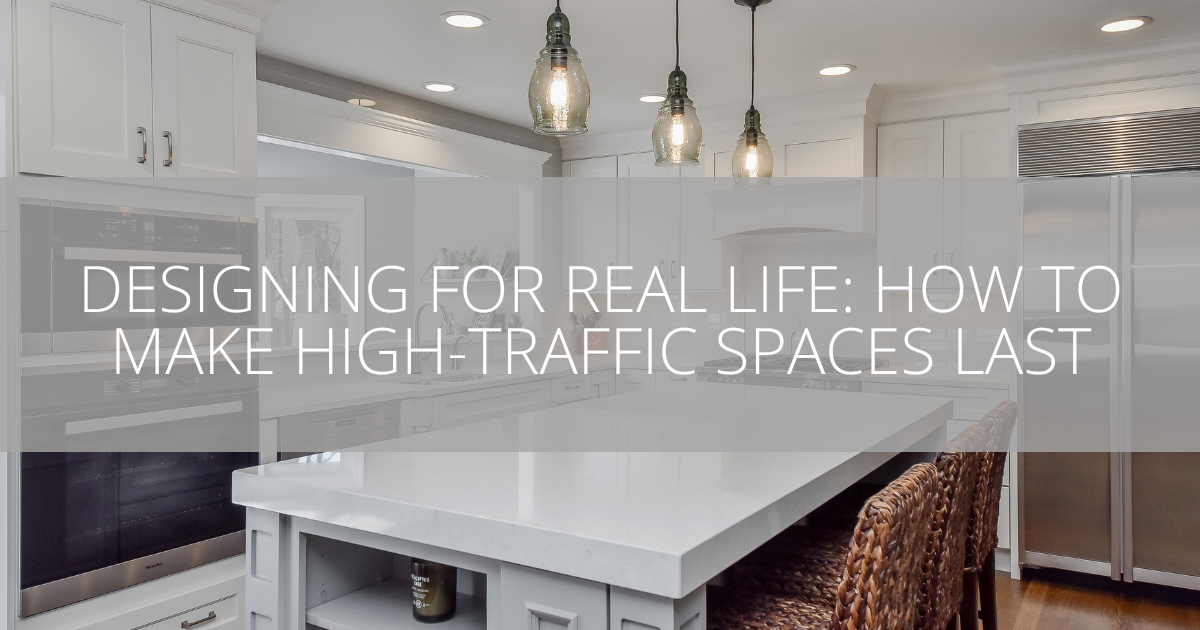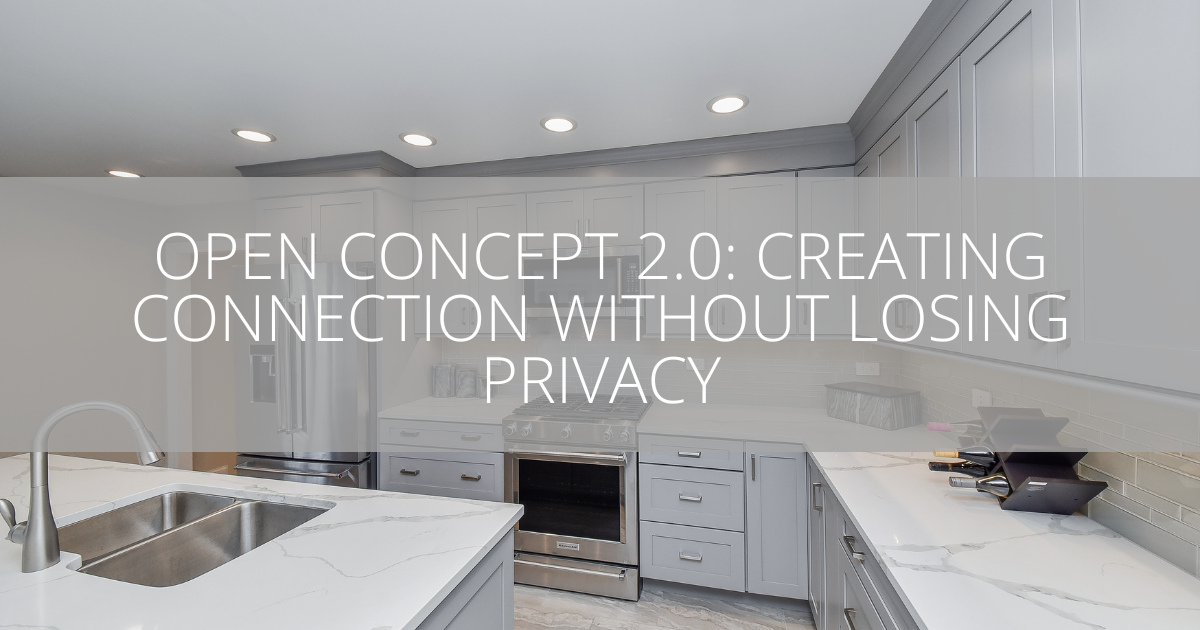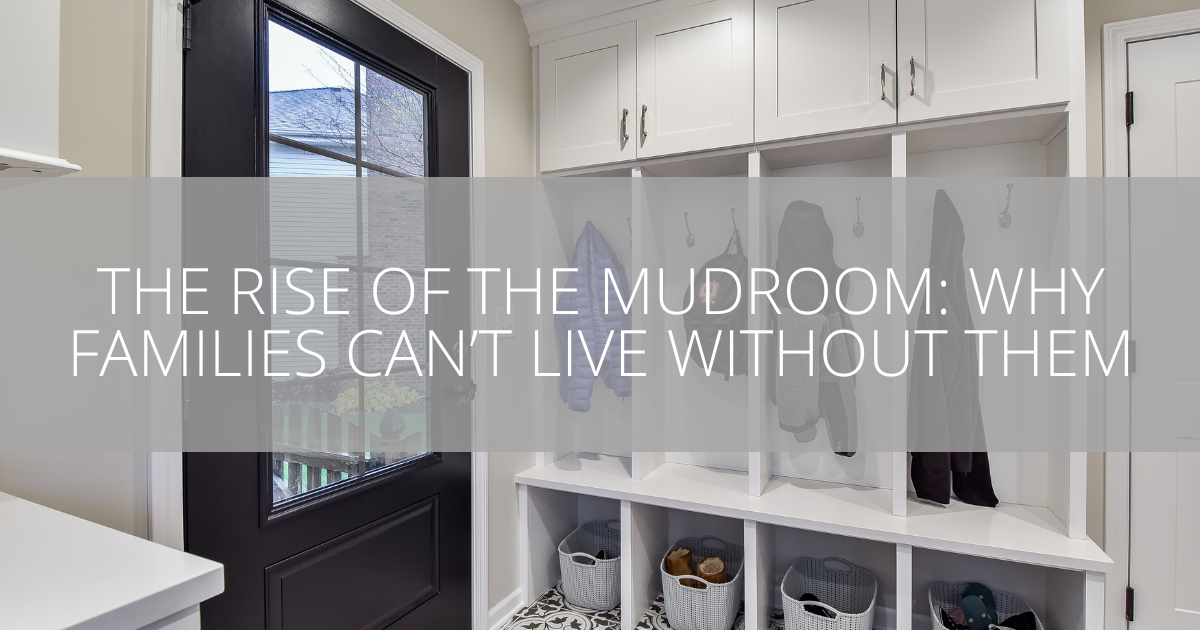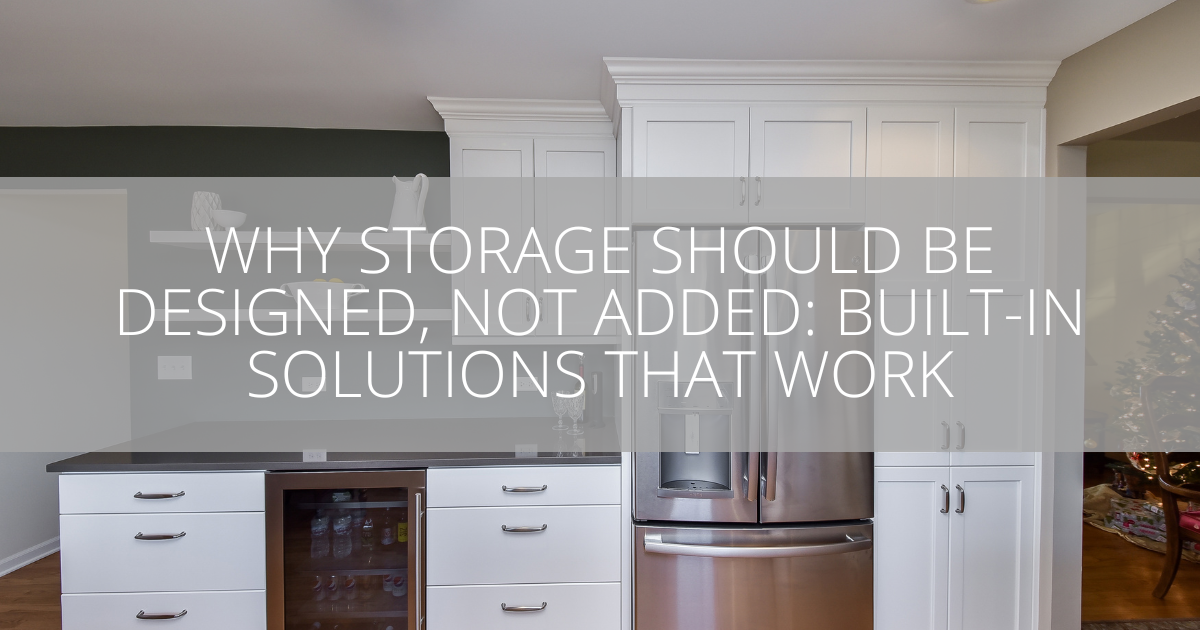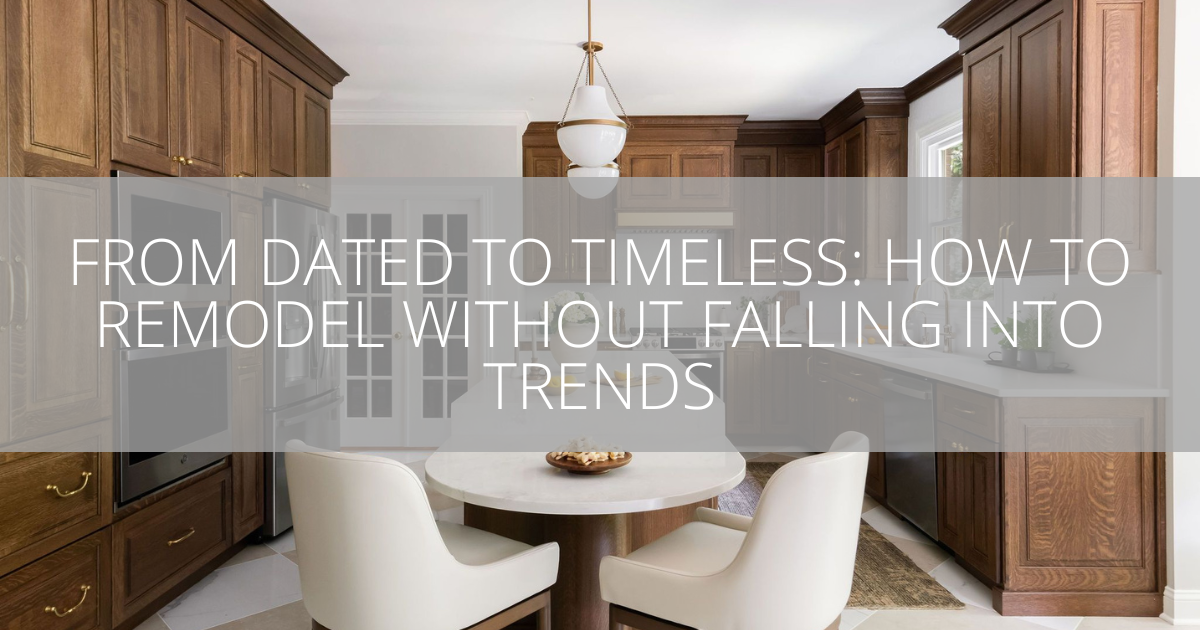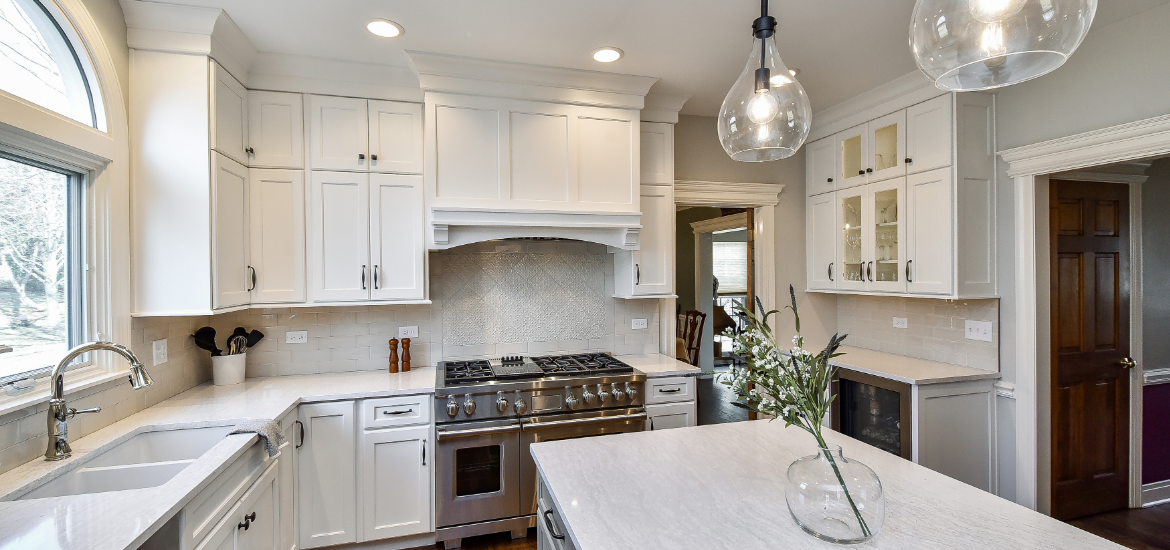
In a world that rarely slows down, the home has become more important than ever. It is the place where you recover from long work hours, steady yourself after busy mornings, and find pockets of rest between everything on your schedule. Yet many homes unintentionally add stress instead of easing it. Rooms that are cluttered, dim, cramped, or poorly arranged can keep your mind on alert long after you walk through the door.
Calm design flips that script. By focusing on layout and lighting, you can create environments that support your well-being instead of competing with it. Flow, visibility, natural light, and thoughtful illumination all play major roles in how your nervous system responds to a space. When these elements work in harmony, they shape a home that feels grounded, supportive, and truly restful.
At Sebring Design Build, we believe that good design should improve your life, not just your home’s appearance. This article explores how layout and lighting reduce stress, why these choices matter, and how simple changes can transform the way you feel in your own space.
Why Calm Design Matters Now

Modern life is full of small interruptions that never fully stop. People move from one task to the next without a pause. Phones buzz, schedules run tight, and even leisure time gets filled with errands or planning. As a result, many people live in a low-grade stress state without recognizing it. When that tension comes home with you, the smallest frustration can grow louder than it needs to.
The impact of physical environments on mental health is well documented. Clutter has been linked to anxiety and increased cortisol. Dim or inconsistent lighting can disrupt sleep patterns and drain energy. A confusing layout can turn simple tasks into small battles you fight every day. These factors work quietly in the background, but their effect on mood is real.
A calm home does the opposite. It helps you breathe. It makes daily transitions easier. It clears mental space. It allows you to feel grounded. Good design reduces friction so your mind can rest. It creates moments of clarity throughout the day, which is often what people are missing but do not know how to articulate.
This is why layout and lighting matter. They shape how your mind processes a space. They influence how relaxed or tense you feel. They set the tone for everything else.
Layout: The Hidden Force That Shapes Mood

People often think of layout as something practical: where furniture goes, how many steps it takes to cross a room, how pieces fit together. But layout is emotional too. It guides your eyes, your movement, your sense of openness, and your overall pace. A good layout lowers stress because it creates order, predictability, and comfort.
The first way layout affects mood is through natural flow. Flow is the ease with which you move from one area to another. When a room has clear pathways and logical transitions, your body relaxes without effort. But when chairs block movement, when furniture sits too close to doorways, or when you have to zigzag through a room, you experience small bursts of tension throughout the day. These micro-stress moments accumulate. A kitchen where the sink, stove, and refrigerator form a natural working triangle reduces that friction. A living room with an obvious path through it lets your body move freely instead of constantly adjusting.
Zoning adds another layer of emotional clarity. In a well-zoned home, each area signals its purpose. A workspace feels like a place to focus. A reading corner feels quiet. A dining area encourages gathering. A drop zone near the entry catches the chaos of bags and mail so it does not spread through the home. This sense of functional separation helps your mind shift gears more easily. When each area sends a consistent message, you no longer feel pulled in multiple directions at once.
Visual noise is one of the most common stress triggers inside a home, and most people underestimate its impact. The brain tries to process everything in its field of view. When shelves overflow, countertops hold too many items, and patterns compete with each other, the mind has no place to rest. Even when people tell themselves they do not mind clutter, their brain still works harder to filter it. Removing visual noise does not just make a space look cleaner. It reduces mental effort. It makes the room feel calmer even when nothing else has changed.
Comfort and reach also influence mood more than people expect. A room designed for comfort tells your body it can relax. When furniture fits your proportions, when storage sits at a natural height, when movement does not require extra effort, you feel supported. But when a chair is too deep, when you constantly reach too high or bend too low, when navigating a room requires focus, tension builds without you noticing. A comfortable layout gives your body predictability. Predictability makes the nervous system feel safe.
All of these layout choices—flow, zoning, visual clarity, and comfort—work together to create emotional stability. A space that is easy to move through becomes a space that is easy to live in.
Lighting: The Mood Setter That Works 24 Hours a Day

Lighting has the power to change a room instantly. It influences both biology and emotion. Harsh lighting can make you feel on edge. Dim lighting at the wrong time can lower your energy. Balanced lighting supports your natural rhythms, shifting with your needs as the day unfolds.
Natural light is the backbone of emotional well-being. Sunlight helps regulate sleep cycles, supports serotonin production, and influences alertness. Rooms with abundant natural light feel open and uplifting. Even homes with limited sunlight can improve daylight quality by using sheer window treatments, lighter paint colors, or reflective surfaces that bounce light deeper into the space. And where natural light cannot reach, daylight-mimicking bulbs can help maintain a healthy rhythm during the day.
Layered lighting builds on that foundation. A single fixture rarely gives a room the warmth or clarity it needs. Layers help shape atmosphere. Ambient light provides overall brightness. Task lighting focuses attention where you need it—over counters, desks, or reading areas. Accent lighting highlights art, shelves, or architectural details. Decorative lighting adds personality. When these layers work together, they create depth instead of flattening the room into one level of brightness. This balance helps the eye relax, and when the eyes relax, the rest of the body follows.
Color temperature plays an emotional role too. Warm lighting calms the nervous system. Bedrooms, living rooms, and dining areas benefit from these gentle tones because they create a sense of comfort. Cooler lighting helps with clarity and focus. It works well in kitchens, home offices, and hobby spaces. By choosing the right tone for the right activity, you create emotional cues throughout the home. You know when to energize and when to unwind.
Dimmers amplify all of this by giving you immediate control. When you lower lights in the evening, the space becomes a cue for the body to slow down. When you raise them in the morning, the room signals alertness. This flexibility adds emotional versatility to your home, letting you shape the mood to fit the moment.
Together, these lighting decisions create a steady rhythm. They balance brightness with softness, clarity with comfort.
When Layout and Lighting Work Together
The strongest emotional impact happens when layout and lighting function as a coordinated system. A bedroom with clear pathways and warm low light becomes a retreat instead of a room you simply sleep in. A kitchen with efficient flow and bright task lighting makes mornings smoother and less frantic. A living room arranged for easy conversation and supported by layered lighting becomes a grounding place for the entire family. These combinations work because layout sets the physical tone while lighting sets the emotional tone.
A well-designed home does not draw attention to these elements. Instead, it feels intuitive. Your body moves without effort. Your eyes relax. Your mood steadies. You feel anchored.
Small Changes That Make a Big Difference

A calmer home does not always require a full renovation. Sometimes the most powerful improvements come from simple changes. Removing one oversized piece of furniture can open a room instantly. Rearranging seating to improve flow can lower stress more than buying new décor. Adding a single lamp can soften a room that feels harsh. Swapping mismatched bulbs for a consistent color temperature can transform the mood. Even placing a mirror across from a window can bring more daylight into a room that feels dim.
These changes prove that calm design is not about perfection. It is about intention.
How Sebring Design Build Creates Calm Homes
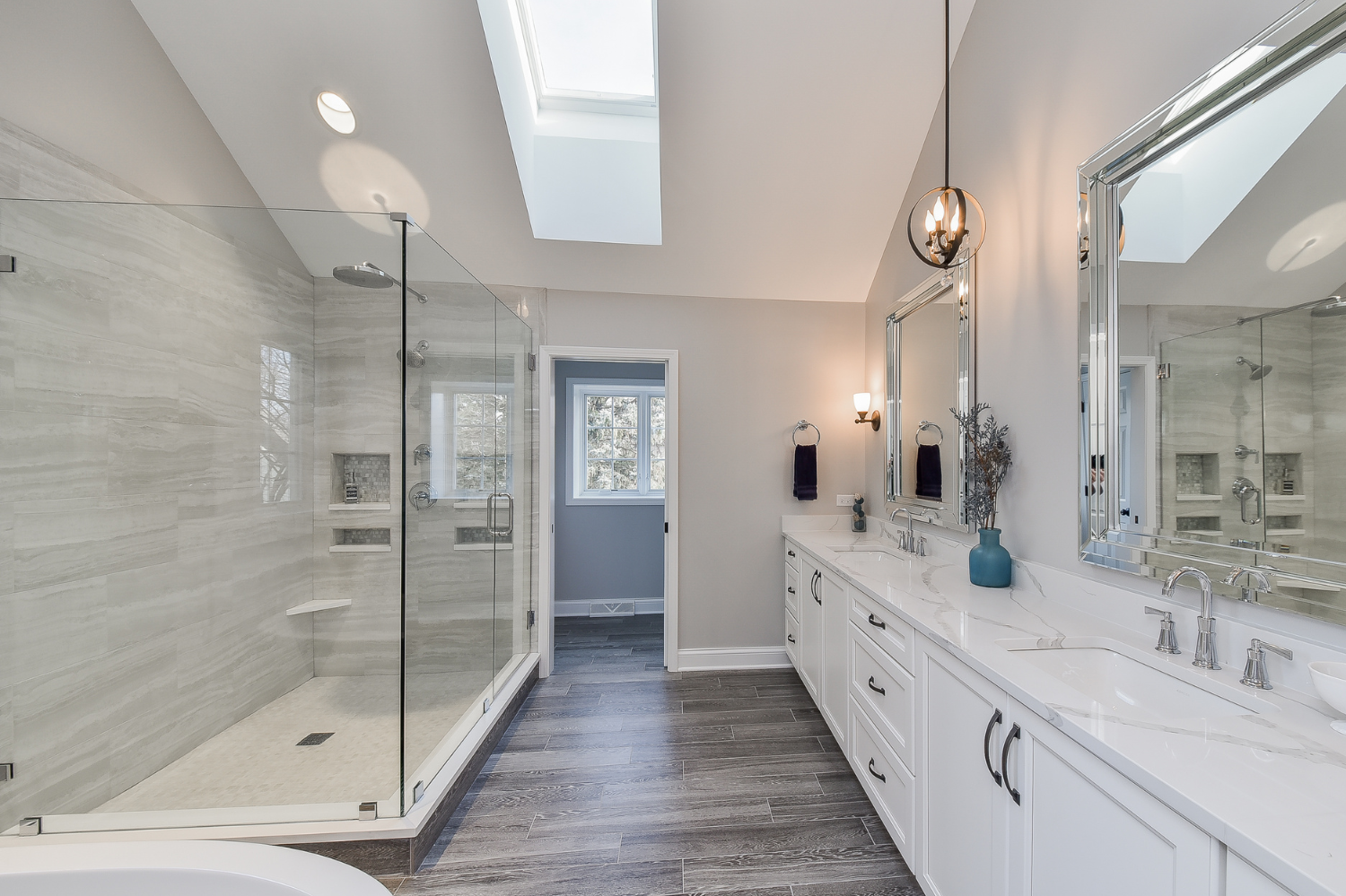
A calm home is not created by accident. It is built through intentional choices that shape the way you move, see, and feel. Layout and lighting work quietly in the background, but their impact is constant. They influence the pace of your day, the clarity of your thoughts, and the steadiness of your mood. When your space flows well, your mind follows. When lighting supports your natural rhythm, your body relaxes. When visual noise fades, the stress you did not even realize you were carrying begins to lift.
What matters most is how the home works for your real life. A calmer kitchen makes mornings feel manageable. A restful bedroom supports deeper sleep. A balanced living space gives you room to reset after long days. These improvements are not cosmetic. They change how you show up in your life. They give you the sense of ease so many people search for but rarely experience at home.
Designing for everyday calm is about giving yourself a living environment that restores your energy instead of draining it. And you do not have to tackle that work alone. At Sebring Design Build, we help homeowners create spaces that support emotional well-being with every finish, fixture, and layout choice. If you are ready for a home remodeling in Franklin, TN that feels lighter, clearer, and truly aligned with the way you want to live, reach out to our team. We would be glad to help you design a space where calm becomes part of your everyday life.

